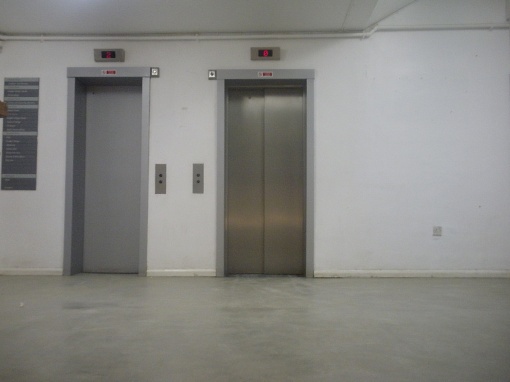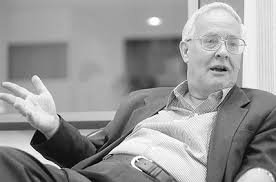Reflecting more on the project and what it is I’m trying to do I have felt a need to address the Philippine authenticity of my practice. I am a Canadian-born Filipino, which leaves me in a precarious state of both insider and outsider to the Philippine-London diaspora. In order to ensure that I keep the project relevant to the Philippine community I have informally chatted with a number of Filipinos in London both in person and online as well as with Filipinos in the Philippines and in Canada. What I have been trying to surmise, is just what makes us Filipino? What determines the Filipino identity and how is this adopted within the diaspora?
What I came across was a lot of references to pivotal moments in history like the People Power Revolution (a non-violent demonstration that lead to the ousting of dictator Ferdinand Marcos in 1986) and the martyrdom of Jose Rizal (national hero of the Philippines known for his nationally unifying novel ‘Noli me Tangere’ 1887). Other seemingly less serious references to Philippine identity focussed on sports (ie. boxing, bowling and cock-fighting, whereby world champion boxer/politician Manny ‘Pacman’ Pacquiao has been exceedingly popular.
Other things that resonated with me were the numerous ‘You know you are a Filipino when…’ lists that circulate online through email and facebook:
- You point with your lips
- You eat with your hand and have it down as a technique
- Your other piece of luggage is a “Balikbayan Box”
- You nod your head upwards to greet someone
- You put your foot up on your chair and rest your elbows on your knees while you eat
- You use a rock to scrub yourself in the shower
- You kiss relatives on the cheek when you enter the room
- You’re standing next to eight big boxes at the airport
- You collect items from hotels or restaurants as “souvenirs”
- Your house has a distinctive aroma
- You smile for no reason
- You flirt by having a foolish grin on your face while raising your eyebrows repeatedly
- You go to department stores and try bargain with the price
- You scratch your head when you don’t know the answer
- You never eat the last morsel of food on the table
- You go bowling
- You play pusoy or mahjong
- You prefer to sit in the shade instead of basking in the sun
- You add an unwarranted ‘H’ to your name: Jhun, Bhoy, Rhon
- You put your hands together in front of you as if to make a path and say “Excuse, Excuse” when you pass in between people or in front of the TV
- Your middle name is your mom’s maiden name
- You like everything that is imported or ‘stateside’
- Your perfectly comfortable in a squatting position with your elbows resting on your knees
- You consistently arrive 30 minutes late for events
- You always offer food to your visitors
Moreover I have been directed to several quotes and sayings that many feel represent the Philippine mentality:
Ang gawa sa pagkabata, dala hanggang pagtanda.
What one learns in childhood he carries into adulthood.
Ang hindi marunong magmahal sa sariling wika, daig pa ang malangsang isda.
He who does not love the national language is worse than a smelly fish.
Ang hindi marunong tumingin sa pinaggalingan ay di makakarating sa paroroonan.
He who does not know to look where he came from will never get to his destination.
Ang langaw na dumapo sa kalabaw, mataas pa sa kalabaw ang pakiramdam.
A fly that lands on a carabao feels itself to be higher than the carabao.
Ang lumalakad nang mabagal, kung matinik ay mababaw. Ang lumalakad nang matulin, kung matinik ay malalim.
Thorns bury shallowly into one who walks slowly. Thorns bury deeply into one who walks fast.
Ang maniwala sa sabi-sabi, walang bait sa sarili.
He who believes in hearsay is a crazy fool.
Ang masamang damo, matagal mamatay.
Bad grass does not die easily.
In the end, I have been drawn to the quote below that speaks to roots and migration:






